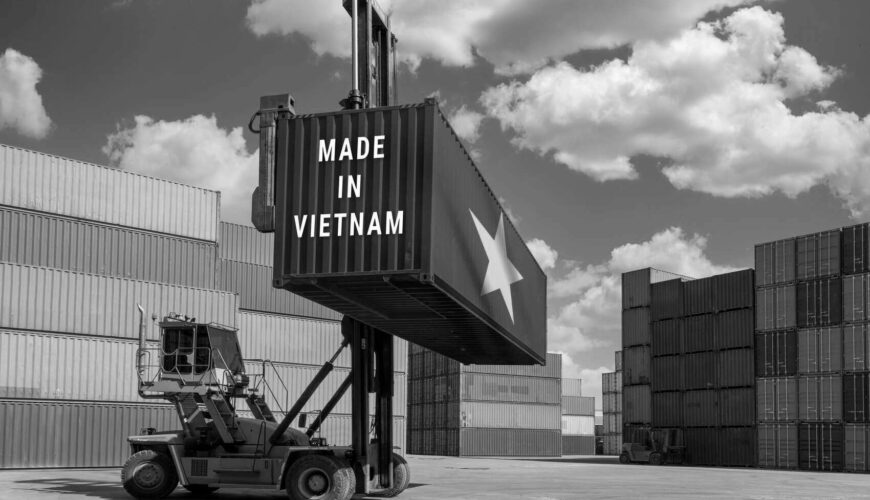Friendshoring, is the trend to partner with nations considered friendly to the United States and its allies. For decades now, the supply chain has operated on a widescale system of global partnership. U.S.-based companies have tapped into their logistics consultants to help them choose the best places to expand their manufacturing and distribution networks, all to cut costs. Companies considered China and Mexico, for example, as the ideal place to make goods, thanks to low labor costs that more than offset the cost of shipping finished products to U.S.-based customers. In a post-pandemic world, where off shoring proved costly, the trend has edged toward near shoring, and now, “friendshoring.”
Friendshoring, for the uninitiated, is the trend to partner with nations considered friendly to the United States and its allies. Where China was long one of the preferred locations for offshoring, the ongoing trade war between the two countries has made that locale less desirable. There’s the ongoing Russian conflict in Ukraine, which has led to disruptions in the shipment of key goods from the latter, and lastly, a new focus on vulnerable supply chain security. All of them put together has led companies to reconsider who their supply chain partners are and where they are located. There’s something of an alignment on geopolitical outlooks. This has resulted in several supply chain management shifts.
Recent statistics gathered by ocean and air freight marketing intelligence firm Xeneta, show that U.S. imports have seen a rise of containerized imports to the country from the Far East. However, China and Singapore now represent the lower end of growth in this equation, while Vietnam—now considered friendlier than China—has increased its containerized trade into the United States by 156 percent in the past five years. Friendshoring also extends to investment in foreign countries. Where the United States was once heavily invested in manufacturing and distribution from China, now Vietnam is filling that void. Foreign direct investment in the country grew by more than 61 percent in the first three months of this year.
While there is sound reasoning behind friendshoring, it also takes time and effort to bring it up to the same level of offshoring investment from the past two decades. American companies must support and invest in new production facilities, new port infrastructure, and more to build a lasting distribution network to support the logistics necessary. Justifying the costs to the c-level can be difficult, especially as the past few years have demonstrated that uncertainty is the only certainty. The end products that companies make could wind up more costly than if they were still manufactured in China, and companies must weigh that tradeoff. And even given the incentives to friendshore, it doesn’t necessarily mean an end to disruptions and shortages of other kinds. If friendshoring is something you’d like to consider, reach out to a qualified supply chain consultant who can help you examine all the pros and cons of such a scenario.


